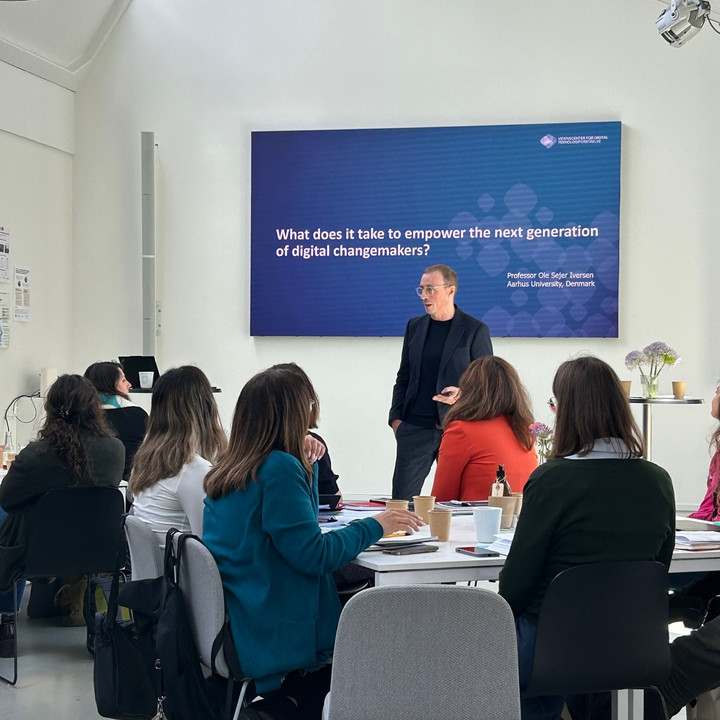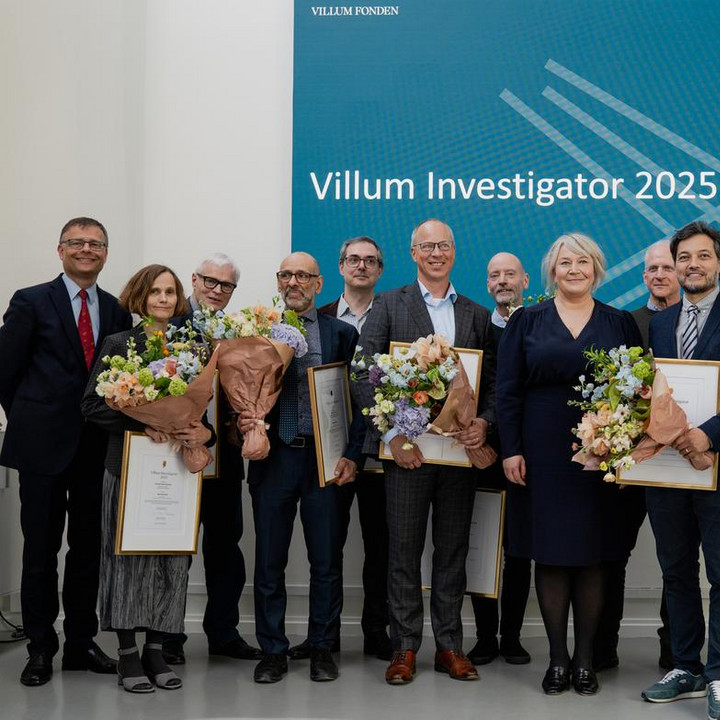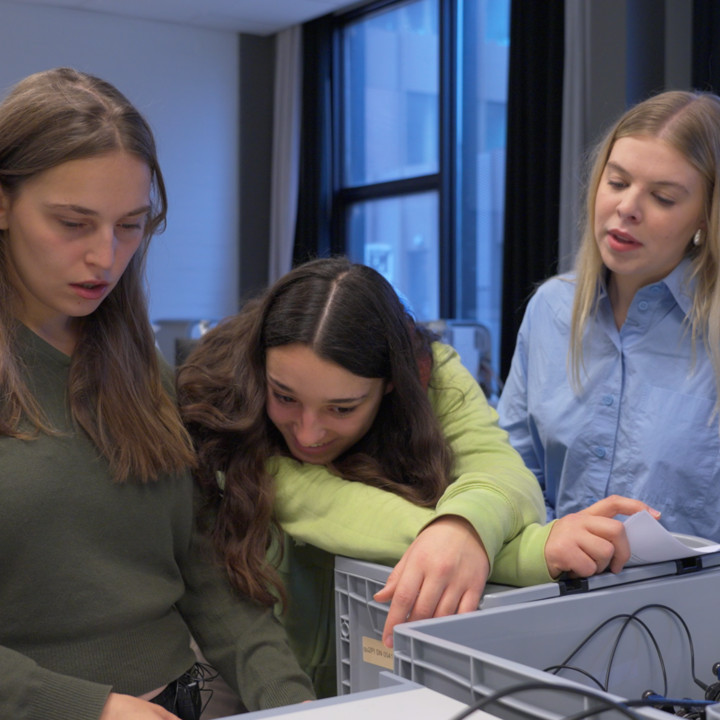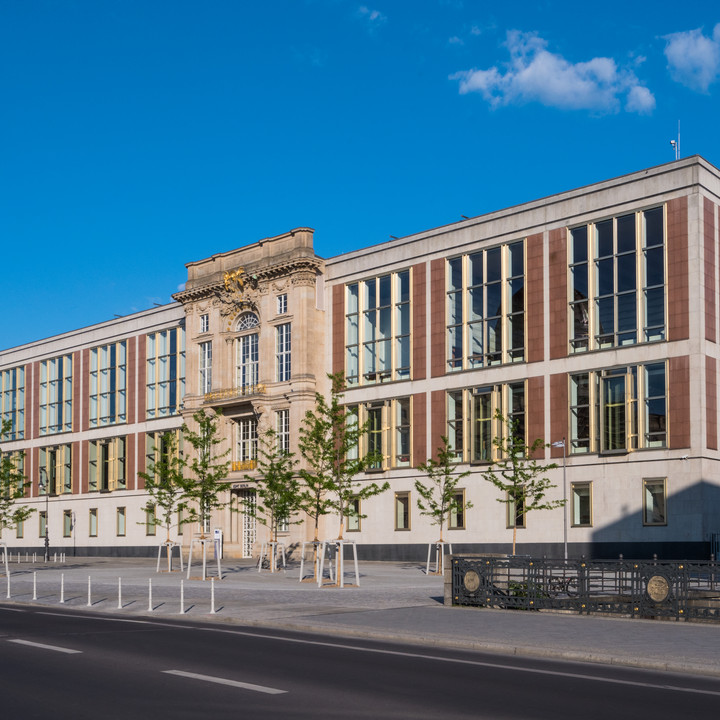Artworks are ready at the new metro stations in Copenhagen
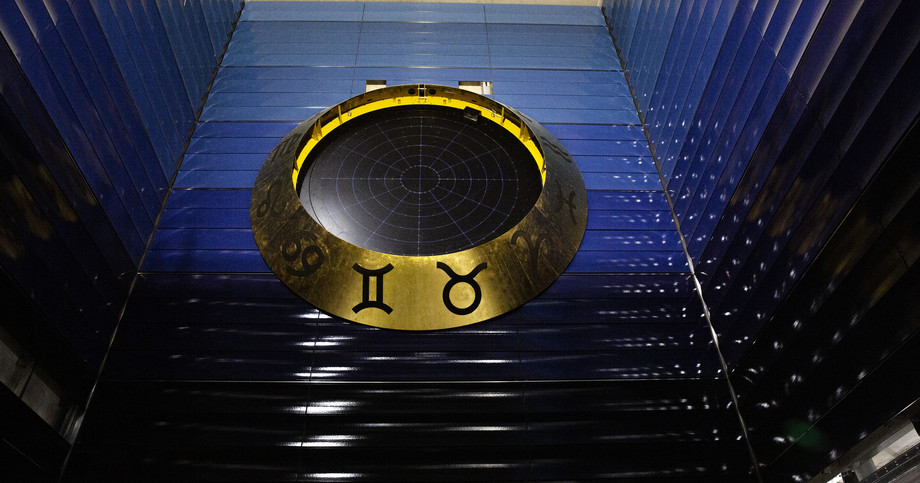
A completely new experience awaits passengers on the upcoming extension of the M4 line to Sydhavn and Valby. When the five new stations open on June 22, they will feature fully integrated artworks that combine transportation, architecture, and art on a scale not seen in recent times in Denmark. These works have become a reality with financial support from the Obel Family Foundation, the Villum Foundation, and the Danish Arts Foundation. The latter is responsible for selecting the five artists and their works.
"We always focus on providing our customers with the best travel experience. By integrating art into the stations from the design phase, we have further developed the architectural expression of the Metro. With the support of the foundations, it has been possible to give the new stations a unique character, offering passengers new and different experiences of public spaces. The artworks will likely become a new tourist attraction, similar to what we see at metro stations abroad," says Rebekka Nymark, CEO of Metroselskabet.
The works are created specifically for each station and share a common theme that reflects on time and space, geology, and water. The artists have been inspired by the subterranean environment, addressing the suspension of the sense of place and time, infinity, speed, and the proximity to water and the local geology.
"The artworks are integrated and created for the individual station spaces, representing a unique fusion of the Metro's functionality, art, and architecture. It is extraordinary that art has been considered from the start of the construction process. The importance, value, and significance of art are thus highlighted in the urban and globalized space, which we have not seen on this scale in Denmark in recent times. It is an absolutely groundbreaking project, and it is a great pleasure that there are now art experiences where many people meet, stop, and move on," says Anja Franke, chair of the Visual Arts Committee of the Danish Arts Foundation.
Look Up and Discover the Aesthetics
Final touches have just been applied to the artworks, and the opening of the new metro stations will mark a kind of official vernissage. Since the artworks have been integrated into the stations from the beginning, the artists had the opportunity to use the station spaces in new ways. For example, concrete elements and wall panels are part of some artworks, while others make use of the ceilings or the high spaces above the escalators.
“For us at Metroselskabet, it has been a very special experience to work closely with the artists and the foundations. It was a completely new experience for us, and we have greatly appreciated the excellent collaboration, where many different skills and considerations had to come together to ensure the artworks went hand in hand with complex engineering, safety requirements, and functionality. We are very pleased that it succeeded and that the artists are satisfied with the realization of their works. We hope and believe that our customers will also appreciate the art when they travel with the Metro,” says Rebekka Nymark.
The Five Artworks:
Journey in Time, Space, and Light
At Havneholmen, the artist group SUPERFLEX has considered what would happen if the train arrived at the station at the speed of light. This places the travelers in a science fiction universe, where clocks, information boards, and trash cans are placed and behave markedly differently from normal.
Archaeological Finds or Science Fiction
At Enghave Brygge, artist Pernille With Madsen has created various elements that connect technology, archaeology, and geology, including incorporating light installations into some of the station’s concrete elements and adding abstract reliefs and concrete decorations.
Light and Geological Structures
At Sluseholmen, an eight-meter-long steel sculpture hangs above the escalators, helping to spread light in the station, just like a concrete beam with embedded geological structures inspired by diatoms and water spreads across the platform. Both elements are created by artist René Schmidt.
Abstract Mural Blending Present and Future
Mozart’s Plads features an all-encompassing mural with abstract and local figures on the wall panels, created by local artist Christian Schmidt-Rasmussen. Commuters will likely spend years discovering all the details.
The Sky Over Copenhagen South
At København Syd, there is also a reference to space. Here, travelers are presented with an astronomical clock by artist Henrik Plenge Jakobsen. The clock, which hangs on the end wall by the escalators, shows an exact picture of the current positions of a series of celestial bodies over the station against a background of blue panels in seven shades to emphasize the sky space.
Read more here: Sydhavnskunst - Metroen
Facts: About the Extension of M4 to Sydhavn and Valby
- The extension of the M4 consists of five new metro stations in Copenhagen: Havneholmen, Enghave Brygge, Sluseholmen, Mozart’s Plads, and København Syd.
- When the new southern part of the M4 opens, it will be possible to travel directly between Orientkaj in Nordhavn to København Syd in Valby via Østerbro, City, Vesterbro, and Sydhavn. Along the way, you can transfer to the M3 Cityring at six stations and to the M1 and M2 lines at Kongens Nytorv.
- With the opening, it will be possible to transfer between the metro and the S-train at eight stations and between the metro and regional trains at six stations.
- After the opening, the total metro network will consist of 44 metro stations and 43 kilometers of track.
- When the new stations open, the travel time by Metro between København Syd and Rådhuspladsen will be approximately 10 minutes and between København Syd and Frederiksberg approximately 17 minutes.
- The metro line runs 24/7 with high frequency and will better connect the new urban development areas and existing urban areas in Sydhavn and Valby.
- By 2030, the five new stations are expected to receive about eight million passengers annually. The first years after the opening will see lower annual passenger numbers as it traditionally takes time for people to get used to a new line.
- Overall, it is expected that more than 135 million passengers will travel with the Metro in 2024.
